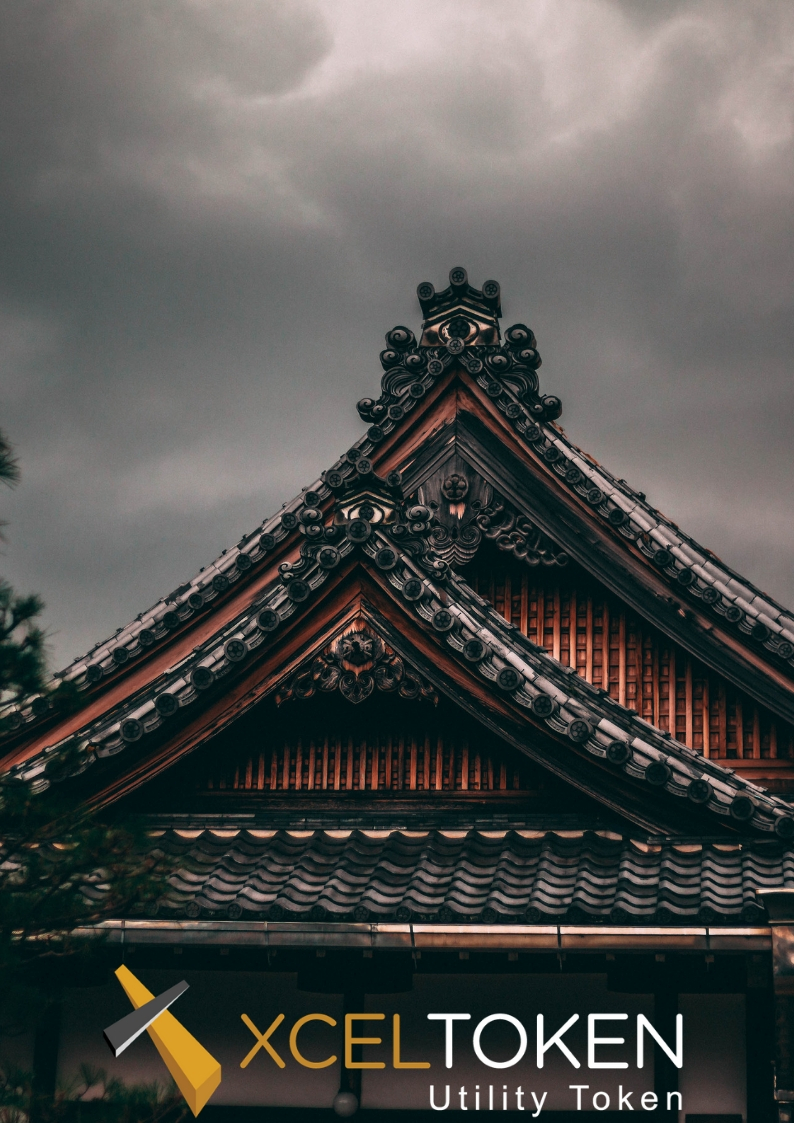Japanese Traditional Architecture
Complexity
and minimalism are two key features of a traditional Japanese home. This
article attempts to understand this how these polar opposite concepts work
together to create beautiful architectural marvels. Japanese traditional marvels that this
article is based on are from the Edo period. During this period, the
dwellings were influenced heavily by Chinese and other Asian thought. After the mid-19th century,
however, Japanese architecture is known to have taken inspiration from the
west. Let’s look at some of the most essential elements of Japanese traditional architecture, that are constant throughout
most of their buildings:
Tatami
Typically
made of straws made of rice with a covering of a soft rush straw. These Tatami
mats are a big part of the flooring- these mats provide for a soft surface for
sleeping and sitting. The mats remain popular in Japan even today, these mats have
subtle scent to them, that blends well with the scent of the wood- this unique
blend is archetypal to traditional Japanese homes.
Genkan
This
particular feature of the Japanese home is one that can be seen even today.
This sunken space between lies between the living area and the front door where
the footwear is kept. This spot of the house is considered dirty and it
actually is. It is a practical way of keeping the house clean. Many animes do
show this area of the house.
Verandas
This
is one of the most important parts of the traditional Japanese house is the
veranda that runs around the house. Engawa is an outside corridor. These are
essentially used to sit and look out into the garden.
Sliding
Doors
Old
traditional Japanese architecture
consisted of fusuma that allowed the division of the living spaces. Since glass
windows were not a feature heavier sliding doors were used to shut out the
outside. Sliding doors are still used in houses today and are getting popular
in the West.
Wood
The
main feature of the Japanese home is wood, most homes in Japan even today seem
be made of wood, due to earthquakes, to prevent heavy damage.
Aside
from these elements, the Japanese have a deep connection with nature. The
Buddhist and Shinto traditions have inspired the architecture of Japan
greatly. Houses here were built around
nature to keep natural energy flowing throughout the house.
To
marvel at Japanese traditionalarchitecture, book your trip now with XCELToken
to save on your travels.




Comments
Post a Comment